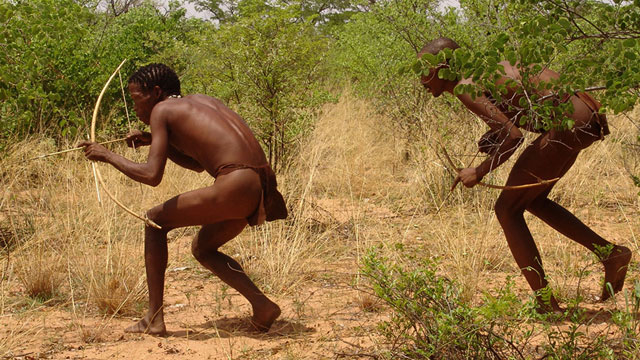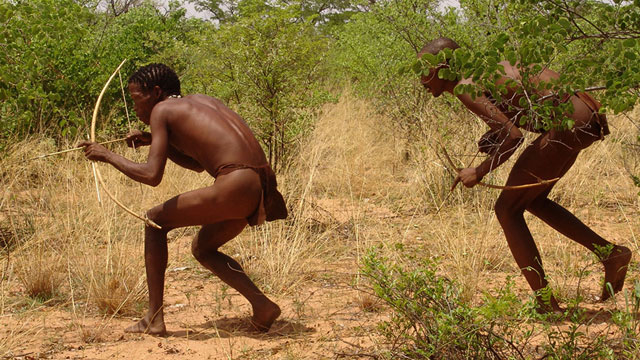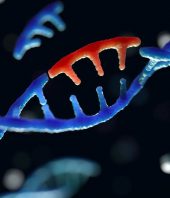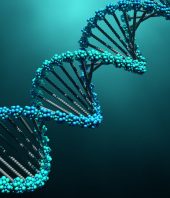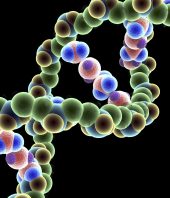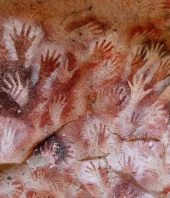Every person on the planet can trace their genetic roots to Africa, the source of the great migration of humanity that began some 60,000 years ago. But it turns out that one group may have staged an epic return trek, erased by the sands of time and lost to human memory—until now.
Scientists have uncovered their journey in a new study of the genome of the Khoisan tribes at the southern tip of Africa. Originally, the group of hunter-gatherers and herders was thought to be merely reclusive, having been isolated for tens of thousands of years. But the new research shows they actually share DNA with people from modern-day Spain and Italy. In other words, these African tribes are actually part European.
The team also found a similar genetic signal in East Africa, beginning roughly 3,000 years ago. Combined with linguistic and archaeological evidence, they propose the following scenario:
The Khoisan’s European ancestors were herders who began their return journey by settling in East Africa. This lines up with historical accounts like the Biblical kingdom of Sheba and the archaeological record of the kingdom of D’mt in what is now Ethiopia. Then, according to the genetic analysis, some of them pushed further south, down to the ends of the continent, 900–1800 years ago, introducing their pastoral practices to the local hunter-gatherer tribes.
The Khoisan’s new origin story, published this week in the online edition of Proceedings of the National Academy of Sciences, illustrates that human migrations may be more common than recorded history suggests.
Catherine Brahic, writing for New Scientist:
“These populations were always thought to be pristine hunter-gatherers who had not interacted with anyone for millennia,” says [team member and] linguist Brigitte Pakendorf of the University of Lyon in France. “Well, no. Just like the rest of the world, Africa had population movements too. There was simply no writing, no Romans or Greeks to document it.”
Brahic also points out that the study may also change our understanding of some much more distant ancestors: Neanderthals. We know that the human masses migrating from Africa mingled with Neanderthals, spreading traces of Neanderthal DNA around the world. But if some groups later migrated back to Africa, Neanderthal DNA could be widespread within the continent, as well.
Source: PBS
Read more: http://www.pbs.org/wgbh/nova/next/ancient/out-of-africa-and-back-again/

